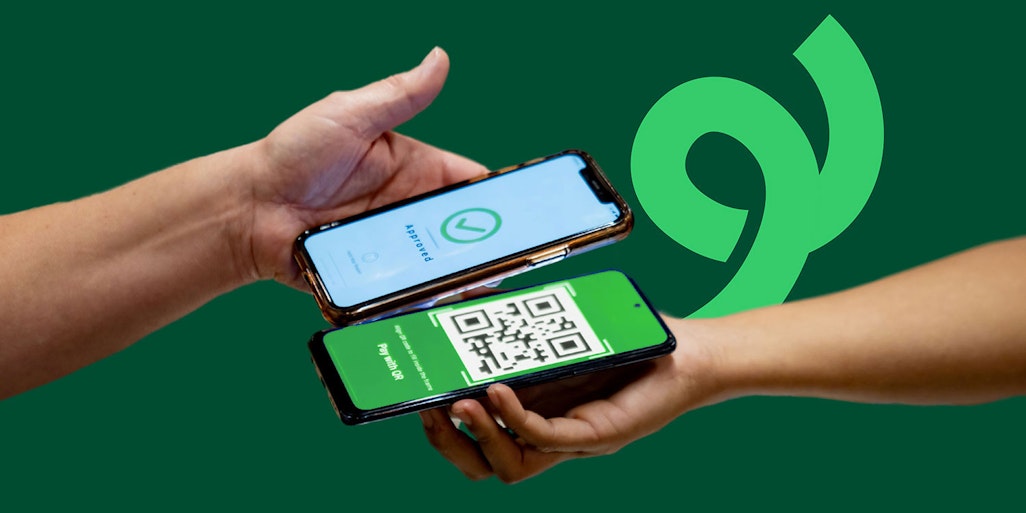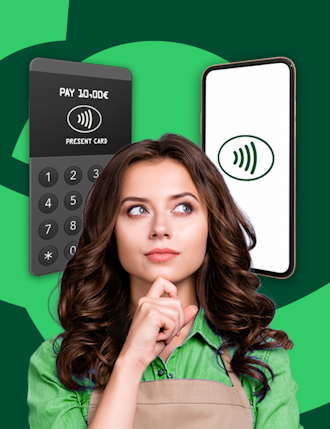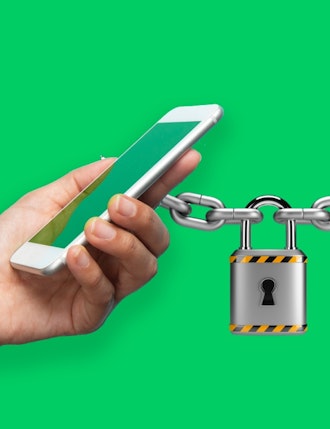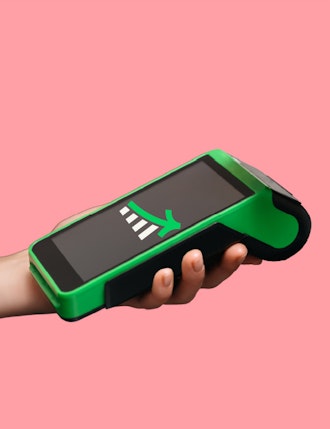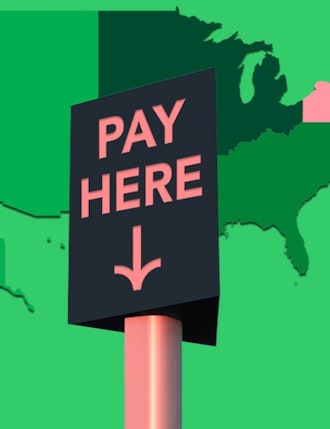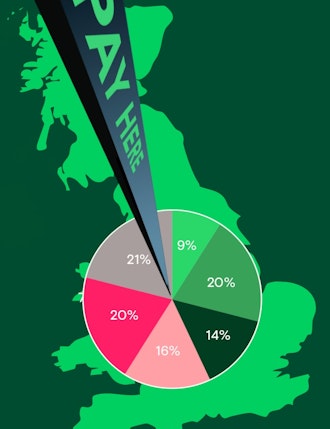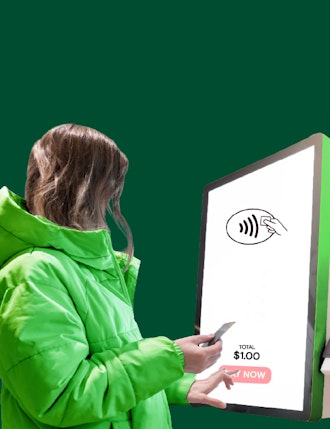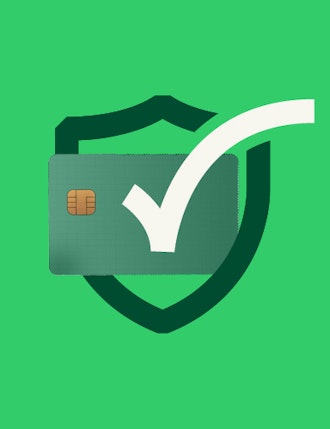SoftPOS technology stands out as a game-changer - especially for small merchants. By enabling 'Tap to Pay' functionality, SoftPOS offers a convenient, secure, and cost-effective way for merchants to accept payments, while also providing customers with a smoother, more speedy checkout experience.
To demonstrate the sheer power of contactless, in 2020, Mastercard reported that 41% of in-person transactions globally were contactless, compared to now in 2024 where that percentage has risen to nearly 90%. This humongous growth leads to one undeniable statement: SoftPOS is a merchant’s friend, not foe, and they MUST adapt to some form of digital PSP system if they want to survive.
Tap-to-Pay offers convenience for both merchants and customers
At the heart of SoftPOS lies the 'Tap to Pay' functionality, which allows customers to make contactless payments using their digital wallets or contactless cards. This feature is also SoftPOS’s biggest benefit as it means ultimate convenience for merchants and customers alike.
For merchants - especially those that operate in the quick-paced industries of hospitality, and retail where footfall is everything - ‘Tap to Pay’ speeds up the checkout process, leading to shorter queues and reducing wait times for customers, allowing merchants to serve more customers in less time, which can have a positive impact on revenue. In addition to this, ‘Tap-to-Pay’ encourages impulse purchases, especially if the POS system is on a COTS (Commercial Off-The-Shelf) device where assistants can engage with customers while they’re still in “just looking” mode.
For customers, the convenience of ‘Tap-to-Pay’ is similar in the sense that they too can enjoy shorter queues and a speedier checkout process, without the need to fumble around for cash, or make direct contact with the payment terminal itself by punching in their PINs, (which was particularly applauded during the pandemic) ultimately enhancing their shopping experience.
Tap-to-Pay offers heightened security of customers’ data
As well as convenience being a key benefit to ‘Tap-to-Pay’s innovation, for merchants, its security gains are paramount in keeping customers’ data safe and secure. While traditional PIN-based transactions provide security through knowledge-based authentication, i.e. the PIN itself, ‘Tap-to-Pay’ enhances security of data through encryption and tokenization. This innovative bit of software means that when the card is tapped on the terminal, the payment system generates a unique code (or token) that represents that specific transaction. This token is encrypted and does not contain any sensitive information about the card or the card holder. What’s more, even if it was intercepted, the token is of no use to hackers, as it cannot be reverse engineered to reveal the original card details.
In addition to this, ‘Tap-to-Pay’ transactions involve dynamic authentication methods, such as cryptograms or dynamic CVVs (card verification values), which change with each transaction. This adds an extra layer of security, making it extremely difficult for fraudsters to replicate or use stolen card information or unauthorised transactions.
This, therefore empowers merchants who use ‘Tap-to-Pay’ with a great sense of care and duty for their customers, as well as adhering to the security standards of SoftPOS and the PCI DSS (Payment Card Industry Data Security Standard) New Standard for Mobile Payment Solutions guidelines.
‘Tap-to-Pay’ can be a cost-effective solution for merchants
In addition to the cost-saving benefits of convenience with shorter queues and quicker transaction times, there are also a few other cost-savings associated with ‘Tap-to-Pay’.
Tap-to-Pay offers the significant advantage of fast set-up, especially for online retailers seeking to expand into physical retail, as the ‘Tap-to-Pay’ functionality is great for establishing pop-up stores for limited durations that need the checkout environment to be equipped, efficient and cost-effective.
In addition to this, ‘Tap-to-Pay’ massively reduces equipment costs for merchants, offering a more cost-effective solution for in-person-payments compared to traditional POS terminals. With ‘Tap-to-Pay’. technology, merchants can leverage existing POS systems or acquire affordable contactless-enabled terminals, eliminating the need for costly hardware upgrades. This reduces upfront investment and ongoing maintenance expenses, allowing merchants to allocate resources more efficiently. Additionally, ‘Tap-to-Pay’ terminals are often more versatile, supporting a variety of payment methods including contactless cards, digital wallets, and wearable devices, which, when adopted into a merchants’ payment process, can save costs on further upgrading systems over time.
Ultimately, ‘Tap-to-Pay’ offers merchants the freedom to take payment in a variety of forms, which, in a world driven by convenience, is a great way for them to adapt to the ever-evolving digital landscape.
Interested in reading more around this subject? Here are some useful articles…
